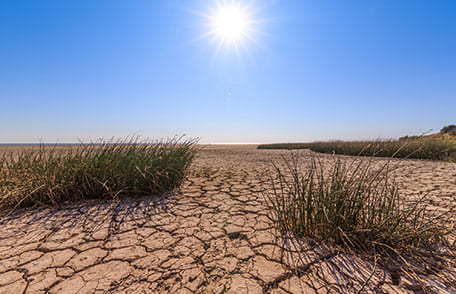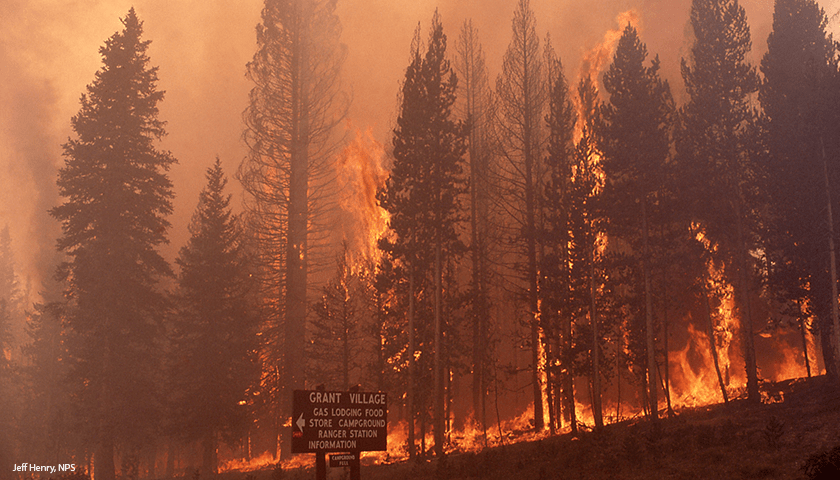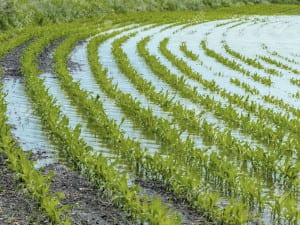Climate Change- Drought and Wildfire

Over the years, droughts and wildfires have become an unfortunately more common occurrence all over the world. Worse yet, these disasters have become more intense, and the reason this is happening all comes down to climate change. With the increase of average temperatures that climate change causes, it may be no surprise that these heat-related disasters have become more frequent. As explained in Environmental Issues and Solutions: A Modular Approach, water displacement has increased, leaving some areas without water or quality soil, and other areas in dry conditions that are perfect for a wildfire to start. Agriculture is part to blame too, as it has further depleted the water supply of areas that need it the most, not to mention intensified climate change, what with the increased pollution of water and air that certain agricultural practices bring.
As the topic of climate change becomes more and more pertinent today, there have also been people in denial of climate change on the rise too. It’s simply crazy that people deny it though while there is so much data that proves climate change is worsening, and that it is the cause of worsening natural disasters.

Some of this data lies within a famous park of America, known as Yellow Stone Park. The data taken from Yellowstone is in regards to wildfire, and how climate change has caused wildfires to worsen in the park. The study compared variations in annual wildfire data of Yellowstone to variations in historical climate conditions of the area. After investigation, it was revealed that summer temperatures in the park are increasing, January-June precipitation levels are decreasing, and variations in burn area of the park show strong relation to these variations in climate. (Balling, et al., 1991) This data also followed the predicted model originally created on the topic and took care to exclude wildfires resulting from man’s carelessness.

An article part of The Climate Reality Project can explain the correlation between climate change and an increase in drought activity. Though the US has certainly been affected by drought in certain areas, regions of the Middle East, Asia, and Africa have been hit even harder. In fact, a NASA study revealed that a drought affecting the Mediterranean Levant region since 1998 is the worst drought to ever exist in the past 900 years. And though the article did not concentrate on any specific data, it remarked that the correlation between drought and climate change is clear: as climate change worsens, so does the frequency and intensity of droughts. It also noted that there is a correlation between drought and wildfires as well; areas with drought are severely dry, which makes wildfires more likely to occur and harder to put out from lack of rainfall.
Drought and wildfire are only a couple of the numerous issues climate change has brought. Recognizing that these issues are occurring is just the start of taking control of climate change, and ultimately saving our planet’s life. Taking action needs to be the world’s main priority if change is going to occur.
-CONTRIBUTED BY: Rowan Voskuil
Works Cited
Balling, Robert C., et al. “Climate Change in Yellowstone National Park: Is the Drought-Related Risk of Wildfires Increasing?” SpringerLink, Kluwer Academic Publishers, 1991, link.springer.com/article/10.1007/BF00143342.
Myers, Norman, and Scott E. Spoolman. Environmental Issues & Solutions: A Modular Approach. Brooks/Cole, 2014.
“The Facts About Climate Change and Drought.” Climate Reality, 15 June 2016, www.climaterealityproject.org/blog/facts-about-climate-change-and-drought.







